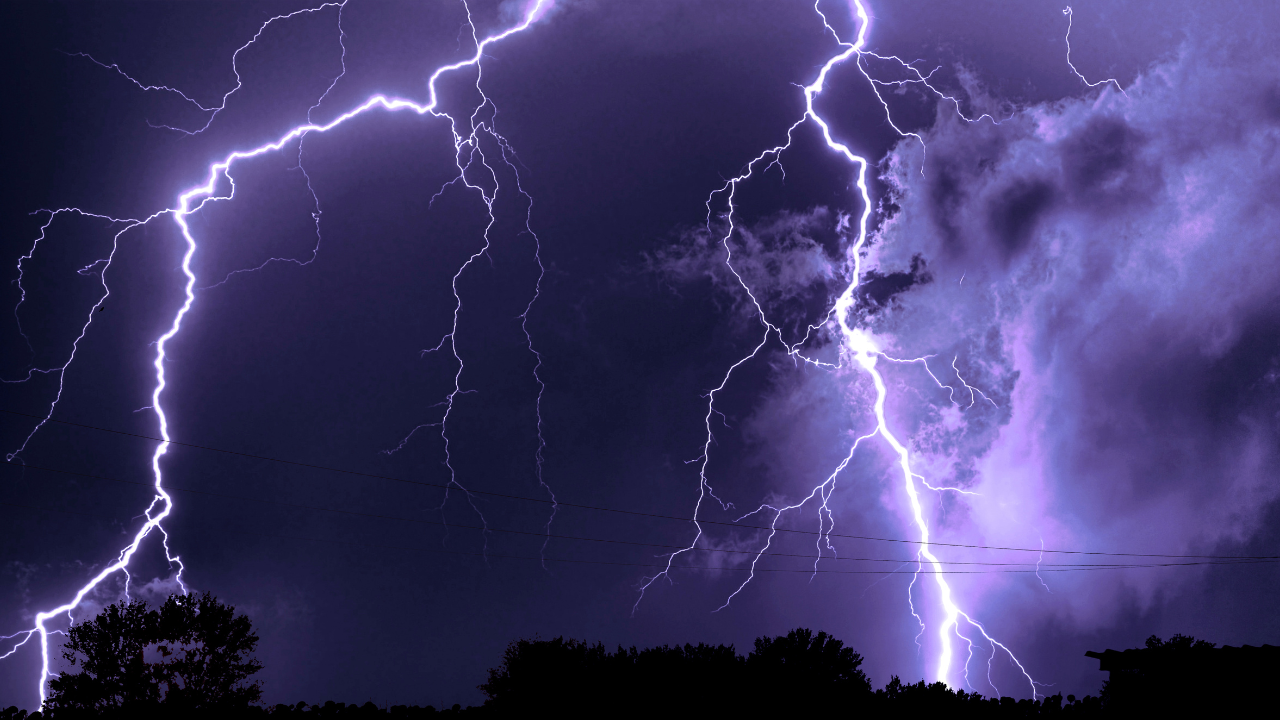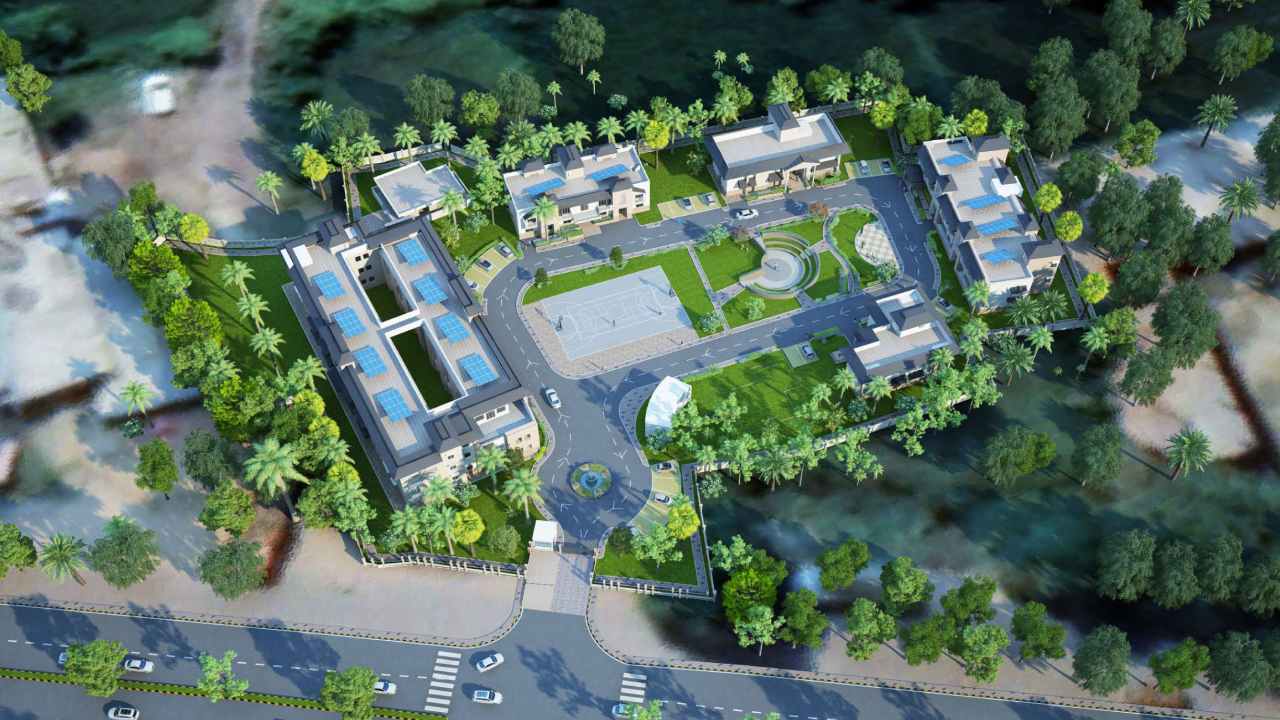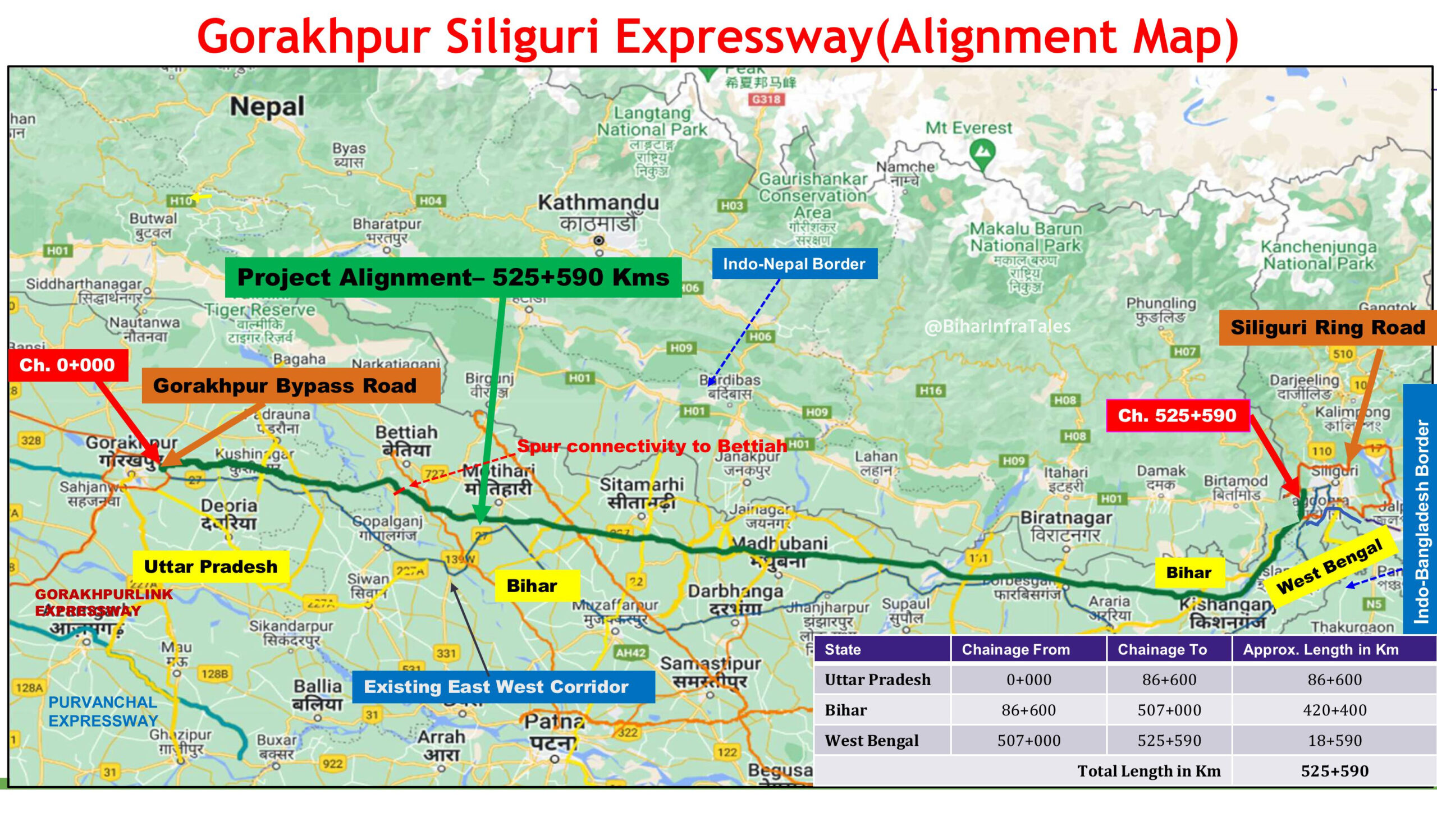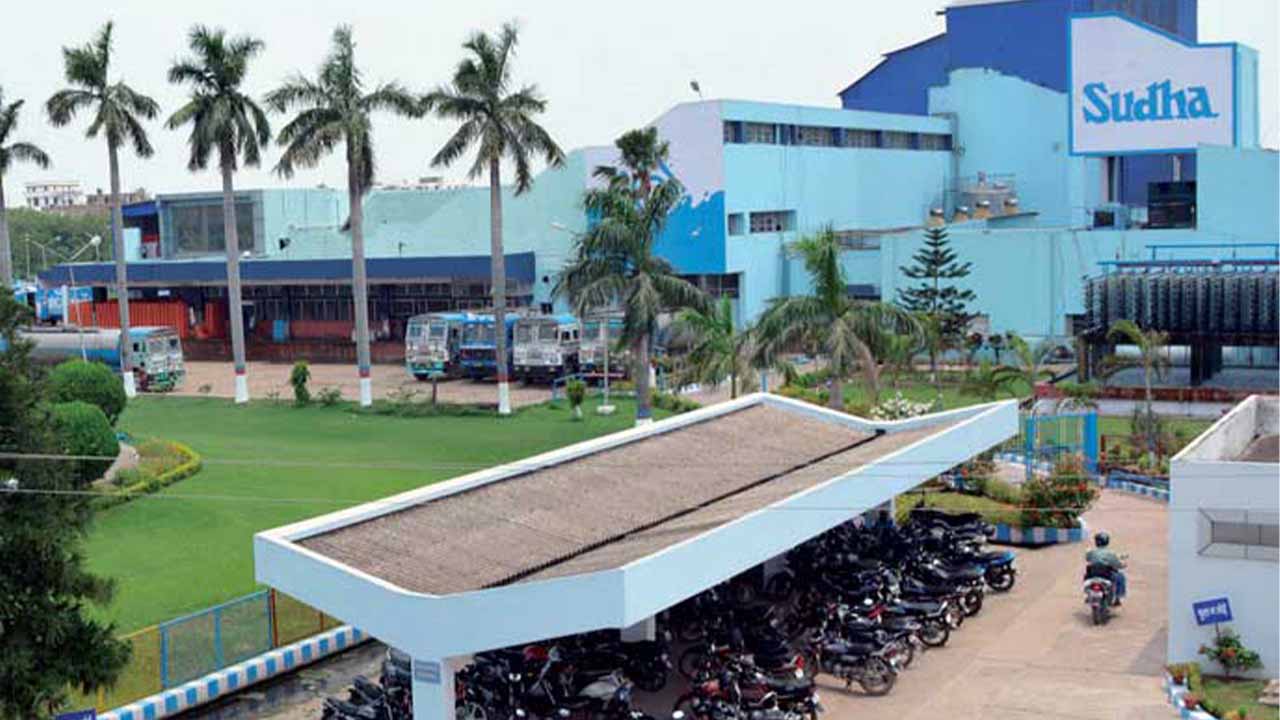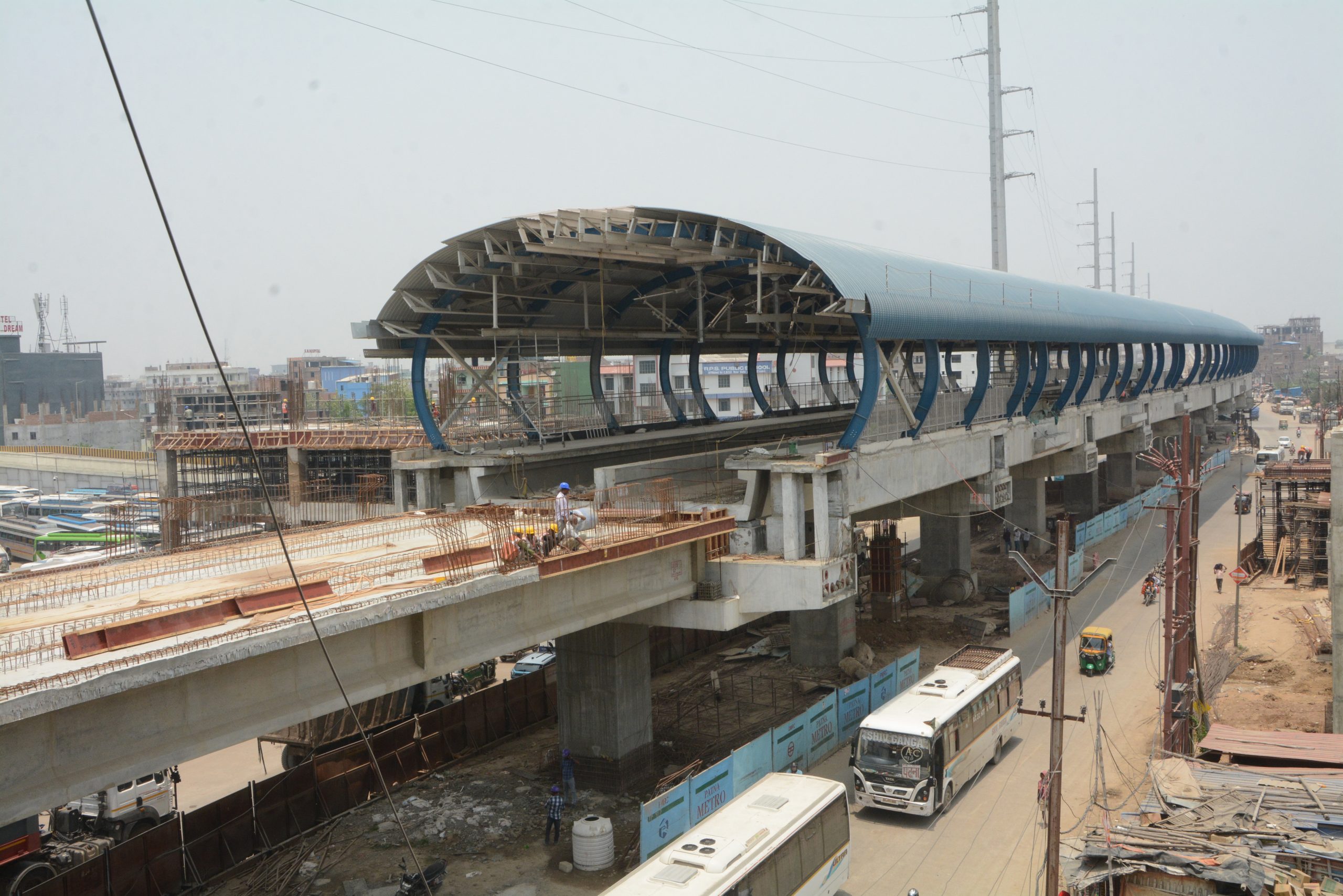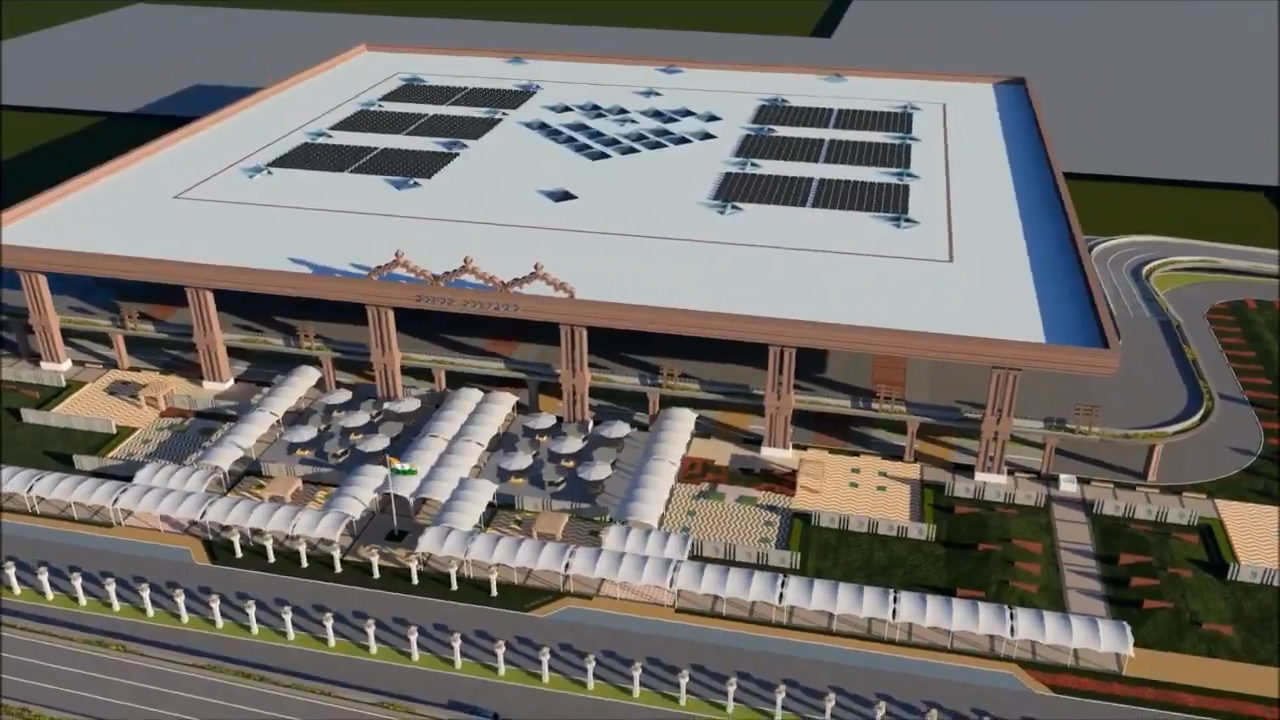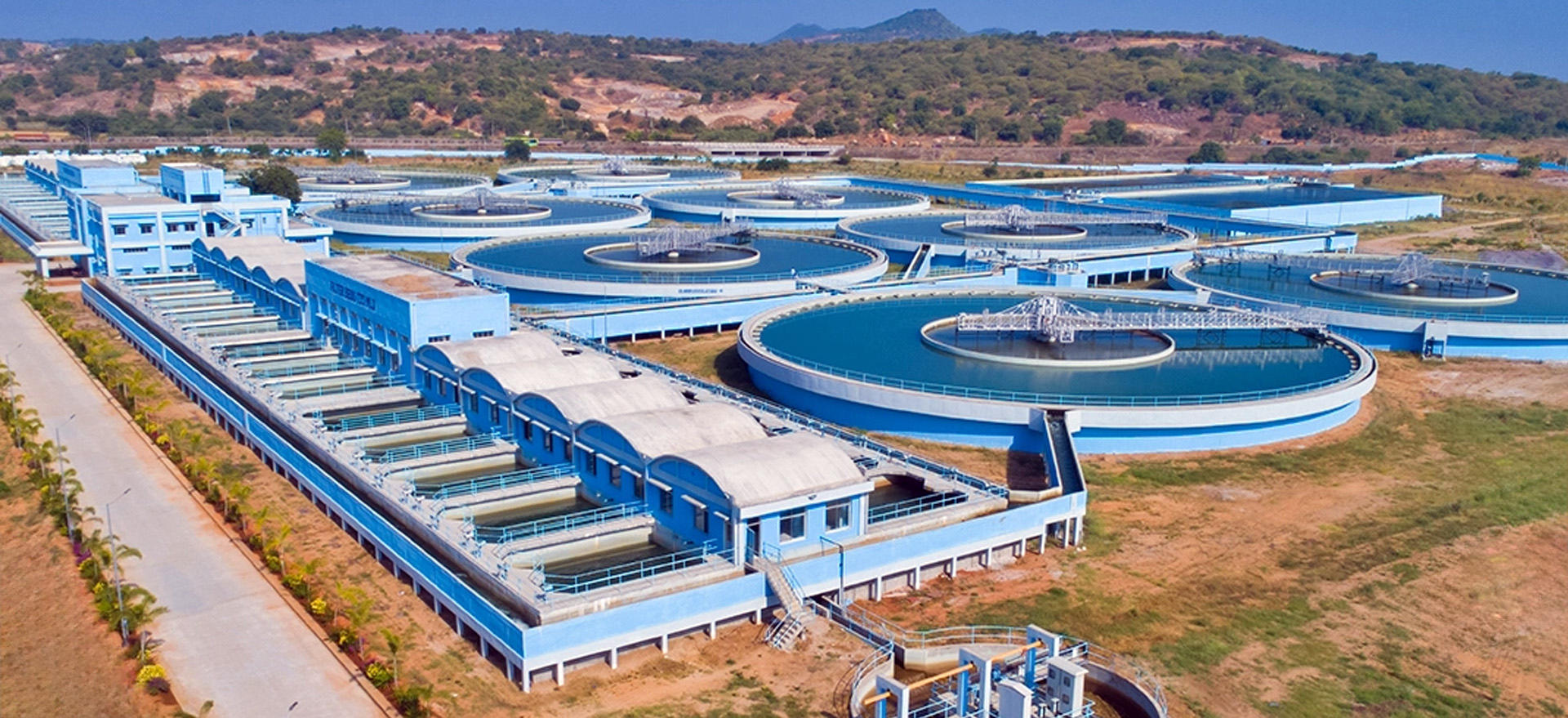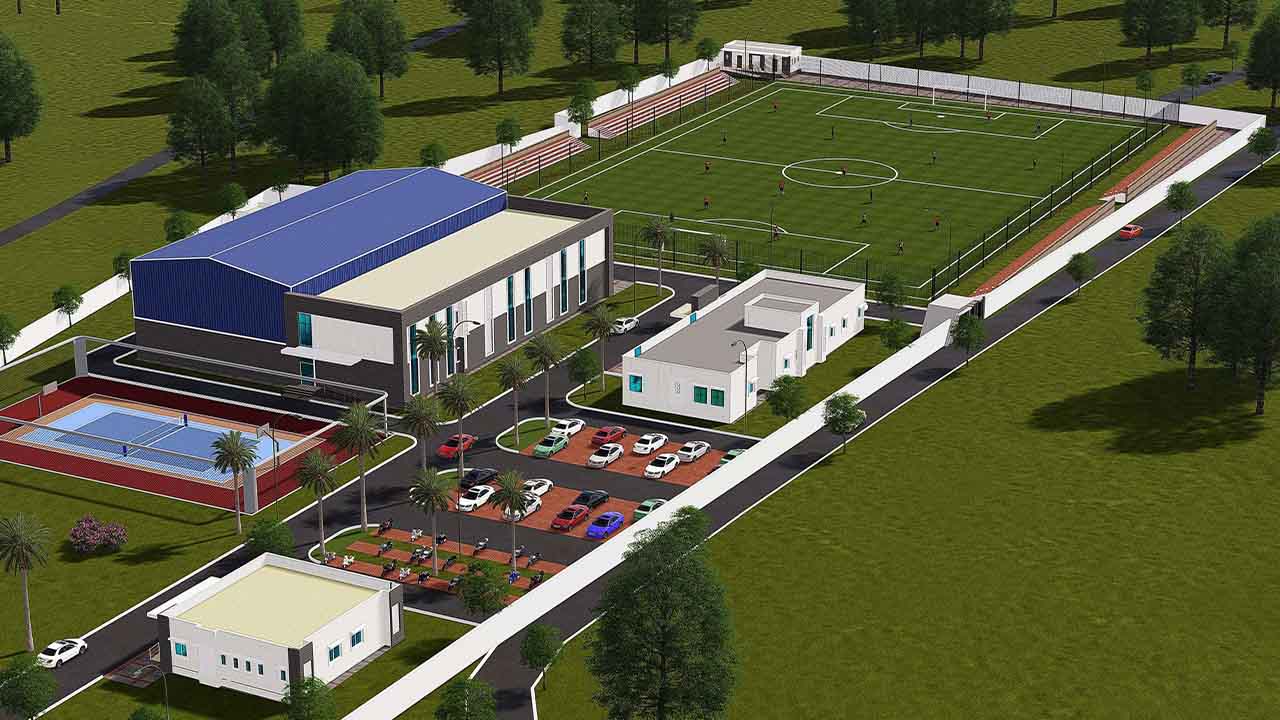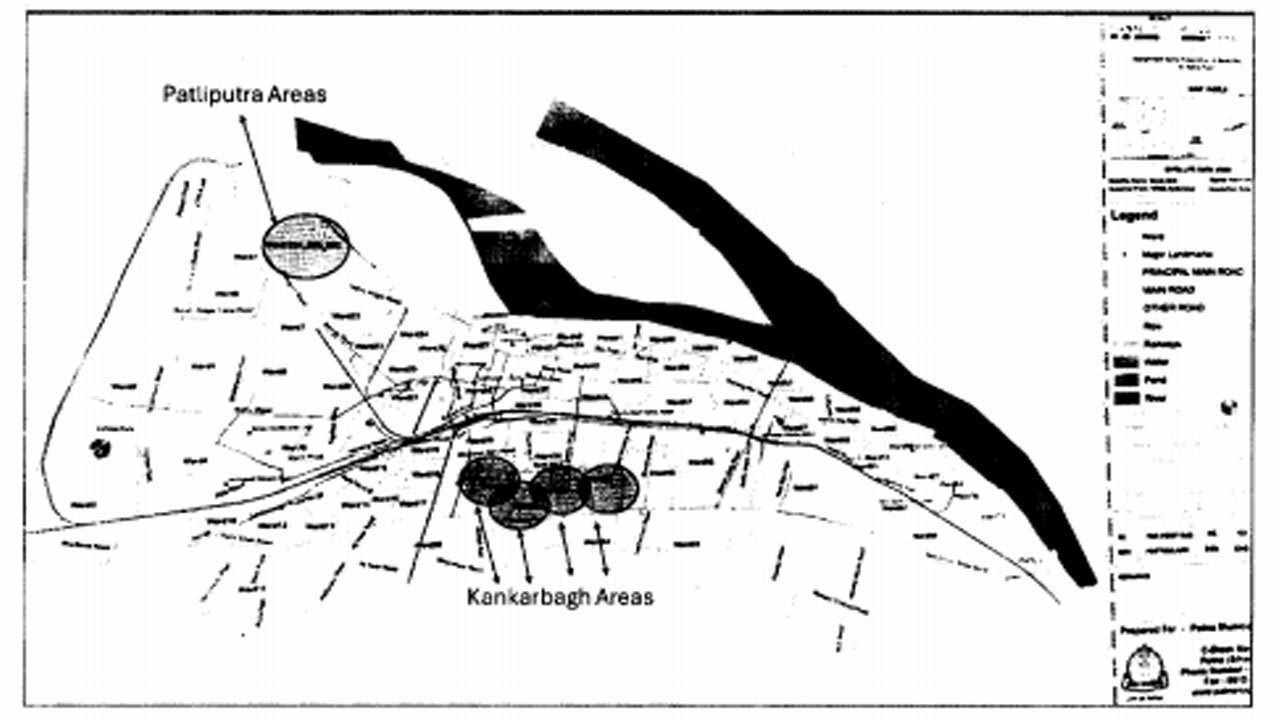In a state where monsoon rains bring both life and devastation, the Bihar government is moving forward with a detailed plan to confront two silent killers lightning strikes and drowning incidents. These natural hazards claim hundreds of lives every year, and the Bihar State Disaster Management Authority (BSDMA) has now proposed a comprehensive mitigation and preparedness strategy to address them at the grassroots level.
The core of the plan lies in engaging a consulting agency that will conduct panchayat-level vulnerability assessments, develop mitigation frameworks, and help implement an integrated risk management program. This will involve a detailed assessment of Panchayat-level vulnerabilities, the establishment of an early warning system with siren alarms, and comprehensive information and capacity building strategies to bolster community preparedness and safety measures. This dual-pronged initiative aims to reduce the impacts of lightning and drowning through data-backed planning, training, early warning systems, and public awareness campaigns.
Lightning Mitigation: Mapping, Early Warning, and Community Outreach
Lightning strikes remain among the leading causes of disaster-related deaths in Bihar. According to data from the National Crime Records Bureau (NCRB), lightning accounted for nearly 36 percent of natural disaster deaths in 2022. Districts such as Rohtas, Aurangabad, Jamui, Banka, and Nalanda have emerged as hotspots for lightning fatalities. Men working outdoors remain the most affected group, a trend consistent with findings across India.
To combat this, the project proposes a series of stakeholder consultations, followed by ground-level surveys to map vulnerable areas. These will be plotted on GIS maps to guide resource allocation and response planning. The BSDMA is also seeking global best practices and modern early warning tools to shape Bihar’s strategy.
Among the technologies to be explored is the state’s own ‘Indravajra’ pendant-based warning system, which can alert users 30 minutes in advance of lightning. Apps like ‘Damini’ and ‘Sachet’ from the Government of India will also be integrated into public awareness efforts.
Tackling Drowning Hazards Through Localized Planning and Training
On the drowning front, the initiative will identify high-risk panchayats, especially those near rivers and water bodies prone to flash floods. Festivals like Chhath Puja, where people gather in large numbers around water sources, significantly heighten the risk of drowning, often exacerbated by poor safety infrastructure.
The drowning mitigation component includes mapping of hospitals, shelters, and emergency services; developing tutorials and training modules for vulnerable communities; and evaluating existing “safe swimming” programs at the state and district levels. BSDMA will also prepare a model Standard Operating Procedure (SOP) to prevent such incidents.
The proposed plan doesn’t stop at assessment. It aims to build long-term capacity across the state, starting with the training of master trainers who will then disseminate critical safety knowledge among children, local residents, and community groups. Specially designed IEC (Information, Education, and Communication) materials will be developed to promote safety practices in schools and local communities.
The larger goal, according to officials, is to embed disaster risk awareness into the daily lives of citizens, especially in rural and high-risk zones. With rising climate variability and increasing frequency of extreme weather events, Bihar’s approach underlines a shift from reactive relief measures to preventive planning and community-based resilience.

